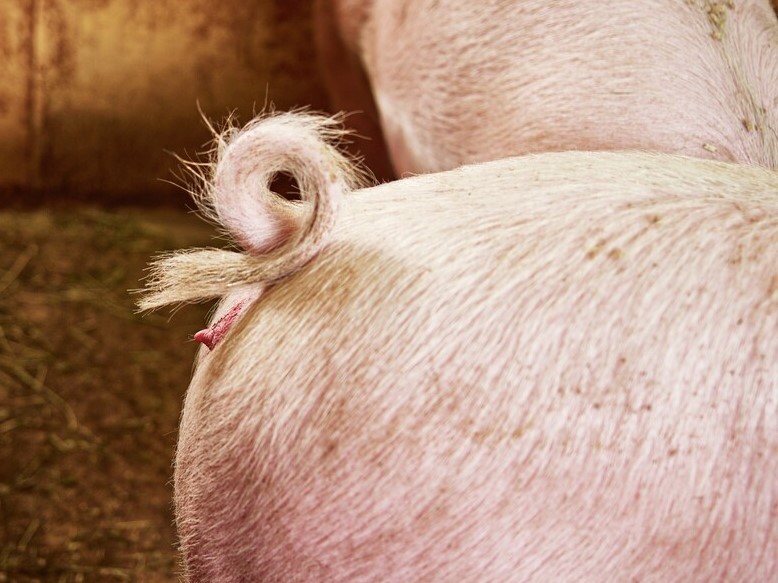By Kristine Hov Martinsen
Economic factors and increased consumer demand for animal-welfare-friendly meat production have changed the parameters for pig production. Farms are bigger with high animal turnover, manual work has been automated, group sizes are increasing, and human-animal interactions are decreasing. Therefore, Topigs Norsvin must acquire information about pig behaviour to develop breeds that perform well in their social environment.
Topigs Norsvin has multiple research activities aimed at improving social behaviour in pigs. This includes reducing damaging behaviours that cause skin lesions, such as tail biting. Reducing tail biting in our genetic lines has a huge impact on pork production worldwide and is therefore one of our top research priorities.
Recording behaviour traits is challenging, as it requires manual observations, which are time-consuming and labour-intensive. Many of our research projects aim to record pig behaviour automatically, objectively use video observation technology and build a pipeline for utilizing the phenotypes observed in our breeding program. We are also investigating the genetic background of swine inflammation and necrosis syndrome (SINS), as earlier research has shown that SINS early in life also makes animals more susceptible to skin lesions later in life.
Topigs Norsvin also has detailed information regarding feeding behaviour, down to each meal per pig. Previous studies have shown that feeding behaviour can be a precursor for tail biting incidences, and so the relationship between feeding behaviour and social behaviour is being investigated. Also, tail biting is often triggered by environmental factors, which means the behaviour could be a symptom of an inadequate environment. Therefore, projects also investigate the influence of environmental effects on tail biting.

